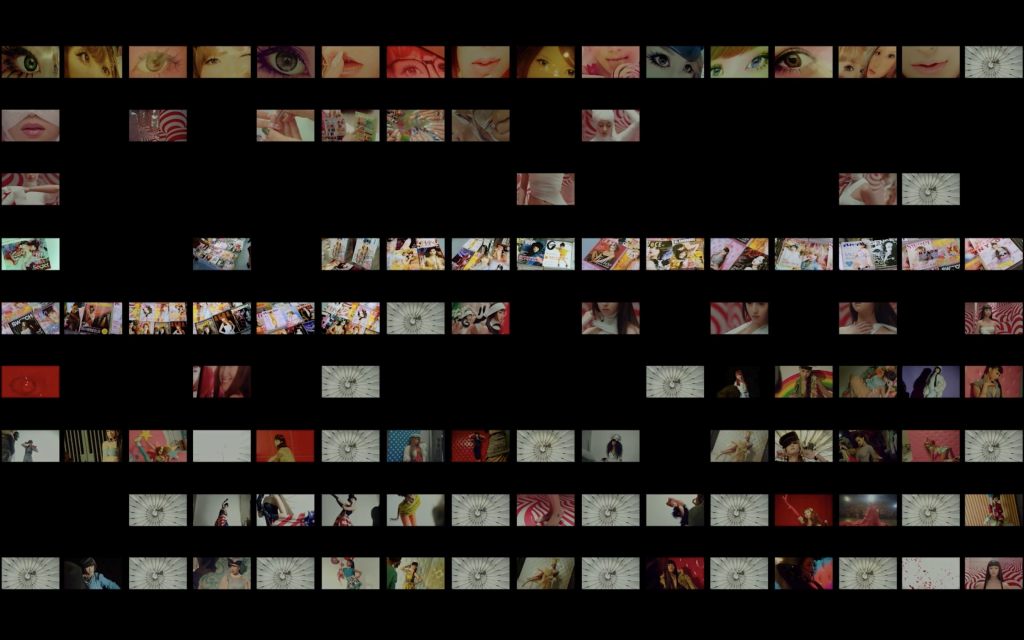[in]Transition has moved! New content, as well as all archived issues, can be found at https://intransition.openlibhums.org/.

Journal of Videographic Film & Moving Image Studies, 10.2, 2023
Welcome to a double issue of [in]Transition. 10.2 features no fewer than twelve excellent and innovative pieces of peer-reviewed videographic work on the following, very wide-ranging topics and formal explorations: temporality and editing in Denis Villeneuve's 2016 film Arrival; a videographic (and deeply autobiographical) reflection on pedagogy in an introductory American film history course; the underlying dynamic and embodied patterns of meaning-making in cinema; on bodies and senses in Tsai Ming-liang’s cinema; on Patricio Guzmán’s The Pearl Button as media environmental philosophy; philosopher Jean-François Lyotard's deconstructionist audiovisual performance in a 1978 episode of the French TV series Tribune Libre (Letter to the editor); a parametric exploration of the poetic, historical, and affective qualities of three American films about the 2008 financial crisis; a cumulative and recursive study of extras' acting in the 1979 film Breaking Away; an epigraphic study of fan video ('vidding') and videographic criticism as two different forms of commenting on media through media; the contribution made by fashion photographer and color consultant George Hoyningen-Huene to the films on which he worked, as well as to film colour aesthetics of the 1950s and 1960s; the work of Japanese artist and screen-media maker Ninagawa Mika, her 2021 film Helter Skelter and its significance in terms of film theoretical debates about the gaze; and an exploration of important and urgent questions surrounding the licensing of public domain moving images.
As always, we invite our readers to add their own reflective comments to the entries in this issue as well as to consider submitting their own videographic scholarship and criticism to our journal. You can review our submission guidelines here.











